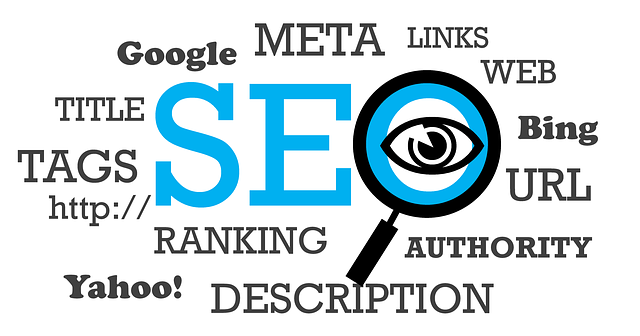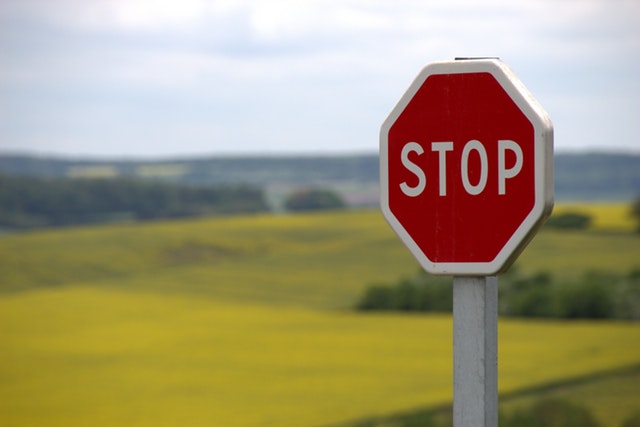Common mistakes when creating title tags
Title tags are a crucial part of any web page. They are an important SEO element and can help you rank higher when you optimize them properly. They can also encourage users to click on your page’s link in Google results, on Facebook and other social media sites rather than that of your competitors.
Most people don’t spend a whole lot of time on their title tags. They shove a keyword or two in there and then forget about them. But it’s well worth spending time to write high-quality tags that help you to rank and get even more traffic from Google.
But optimizing title tags isn’t easy. There are some common mistakes that a lot of business owners make. Here’s what you need to know about the most common mistakes and how to correct them.
Having Home in the title tag
Many website owners think they need to call their home page “home” to make it clear to users and humans that this is the start of the site. But most users don’t need to be told what the homepage is, they want to know what it is about. Google definitely doesn’t need your title tag to know that your homepage is the home. Your sitemap already does this. Instead, your homepage should have a title relevant to what the page or your business is about.
The title tag is too long
Search engines will only display a certain number of characters on their results. This is currently about 70 on Google. This means if your page title is over 70 characters there is a good chance that Google will cut it short and replace the remaining words with ellipses. Keep your titles concise to ensure that they are shown in their entirety.
No keywords
One of the two reasons for having a title tag is to tell Google and other search engines what your site is about. Keywords are essential in this regard, yet many business owners don’t take the necessary steps to identify appropriate keywords and add them in.
Every page has the same title tags
Some business owners don’t even bother to change any of their title tags. This means that every page has the same title, usually the title of the company. When all pages have the same title, you miss out on dozens of opportunities to rank. You’re also probably missing out on hundreds or even thousands of more visitors from Google because your page titles aren’t enticing or relevant.
Too many keywords
On the flip side, some business owners try to trick Google by overoptimizing their title tags and stuffing them with keywords. Naturally, this doesn’t work. Instead, Google and human users will be confused as to what the page is actually about. Google won’t rank you for any keywords and humans won’t click on your page’s link in Google as it will look spammy.
Having trouble with your title tags? We can help. Get in touch to find out more.











